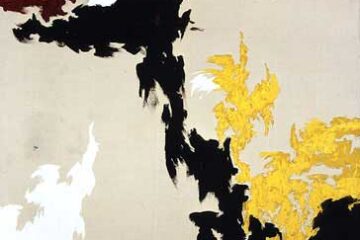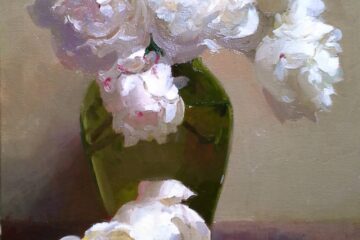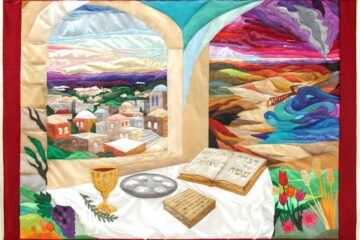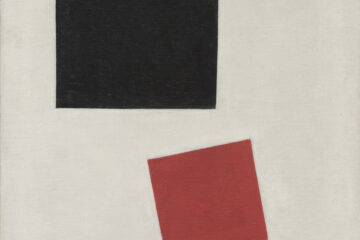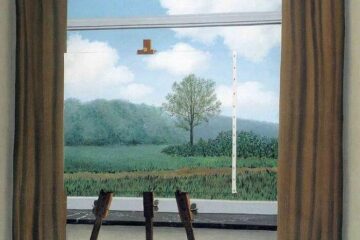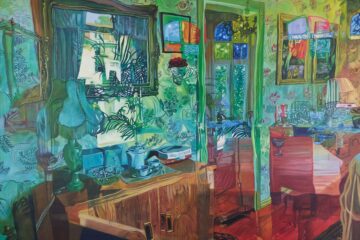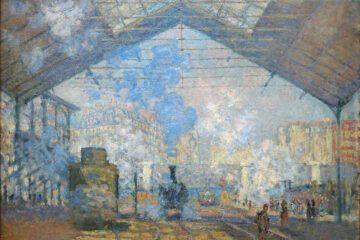What brings us peace are not attempts at controlling creation but at being in attunement with it. View the study sheet here. Watch the recording here.
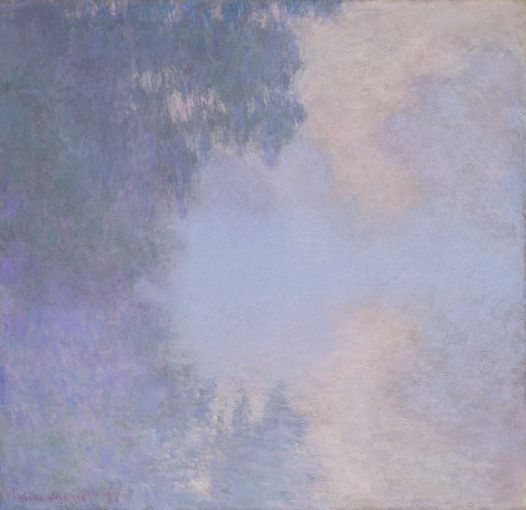
In 1883, when he was forty-three, Claude Monet moved to the small farming community of Giverny, located at the confluence of the River Seine and its tributary, the Epte. He rented a pink stucco house on two-and-a half acres of land. Joining him were his partner Alice and their blended family of eight children. Seven years later, Monet purchased the property when it came up for sale.
During the summers of 1896 and 1897, Monet would set out daily at dawn and hike across marshes and meadows, through poppies and poplars down to the bank of the Seine. There he would step into a rowboat moored in the reeds and row out to a special-built boat he had ordered constructed for use as a studio on the water.
Pictured here is one of some twenty paintings he did in a series known as Mornings on the Seine. The setting is where the Epte feeds into the Seine. Can you differentiate the water, the river banks, the trees? Or is that only the river, bearing with it reflections of what grows on the shore?
Many of Monet’s contemporaries criticized these works. The shift from identifiable images of haystacks, buildings and boats disturbed them. His more forgiving supporters attributed the blurred images to his declining eyesight as a result of the cataracts he had developed. What they all failed to understand was that Monet was not seeking to paint objects. He sought to portray the empty space around the objects. “Other painters paint a bridge, a house, a boat,” Monet said. “I want to paint the air in which the bridge, the house and the boat are to be found.”
The river for Monet was a site where his yearning to paint air, the nothingness that frames the something, was nourished and inspired.
This week’s prescribed Jewish scriptural readings provide a canvass on which are images of rivers from three different biblical books.
The first is from our weekly Torah portion, B’reishit. The story of creation. The description of the garden of Eden includes this verse: “A river flows from Eden to water the garden” (Genesis 2:10). It is the biblical verse most frequently cited by the characters in the mystical narrative the Zohar. There the river represents the divine flow that brings all existence to life. Because the verb is in the present tense, it describes a phenomenon not confined to the past, of which we now have only this written report. It is a dynamic at work today.
The second image is from the special reading for the holiday of Sukkot, Ecclesiastes: “All streams flow into the sea, yet the sea is never full; to the place from which they flow the streams flow back again” (Ecclesiastes 1:7). Ecclesiastes is sometimes thought of as an expression about the futility of life: “Vanity of vanities; all is vanity.” Yet as read by Rabbi Rami Shapiro, also a student of Zen Buddhism, Ecclesiastes is a message about the bankruptcy of chasing after material gain as a source of meaning and fulfillment.
True peace and contentment is found by integrating oneself into the natural flow of life, the Way, rather than struggling against it and layering oneself with material achievements. And that is the message of Sukkot. We live vulnerable lives in a world that is ultimately beyond our control. We can experience a sheltering presence when we invite others into our lives and share what we have with them. What brings peace are not attempts at controlling creation but at being in attunement with it.
The final image is in this week’s haftarah portion, from the prophet Isaiah: “When you pass through waters, I am with you. When you pass through the rivers, they shall not overwhelm you…Because you are precious to Me and honored and I love you…have no fear for I am with you” (Isaiah 42:2-5). The currents of our lives do not have to be experienced with anxiety. There is within them a presence of love and a promise of redemption.
B’reishit is the portion that opens Torah. It is what we read after the life-renewing ritual that is the observance of the High Holy Days. The shedding of a past life and the embrace of a new opportunity. An experience that is climaxed by Sukkot: stepping out from our secure structures into vulnerable and temporary booths. Torah, Ecclesiastes, Isaiah, and Monet remind us to shift our attention away from the false security of material matters and to embrace the flow in which we find both beginning and end and beginning again.
Join us here at 7:00 p.m. (PT) on Thursday October 24 as we explore to be in the flow.


